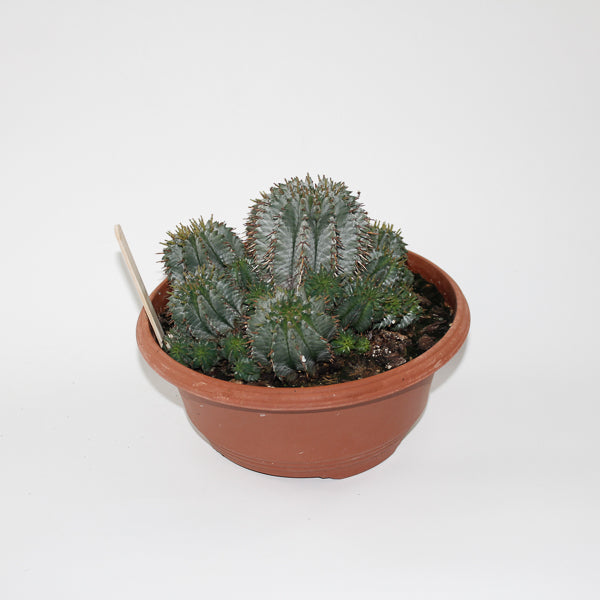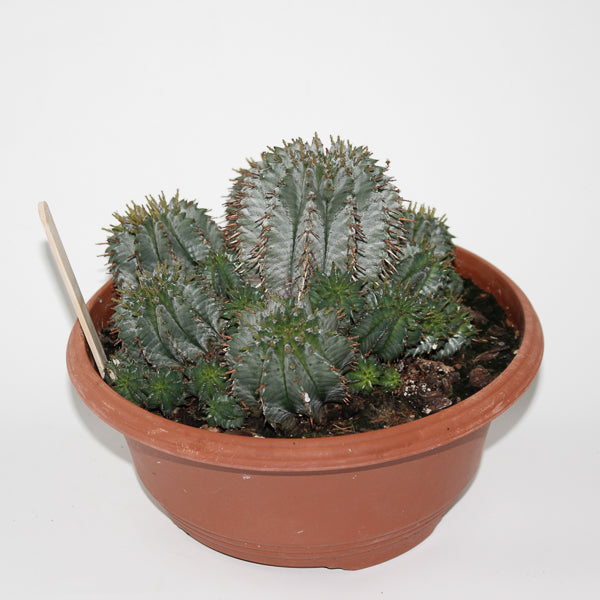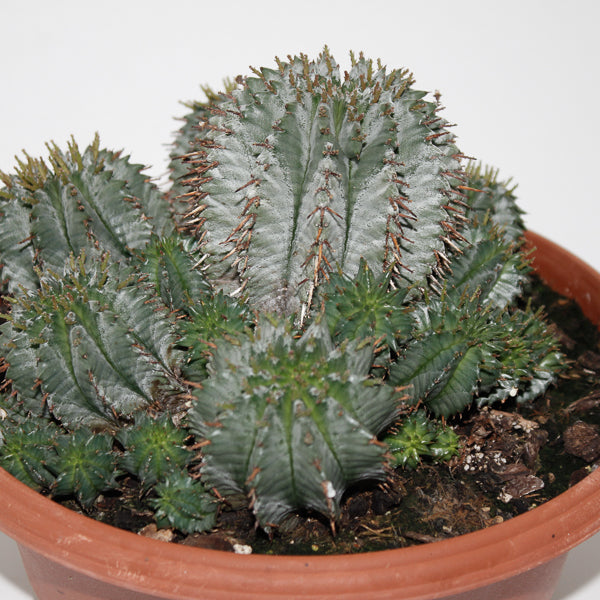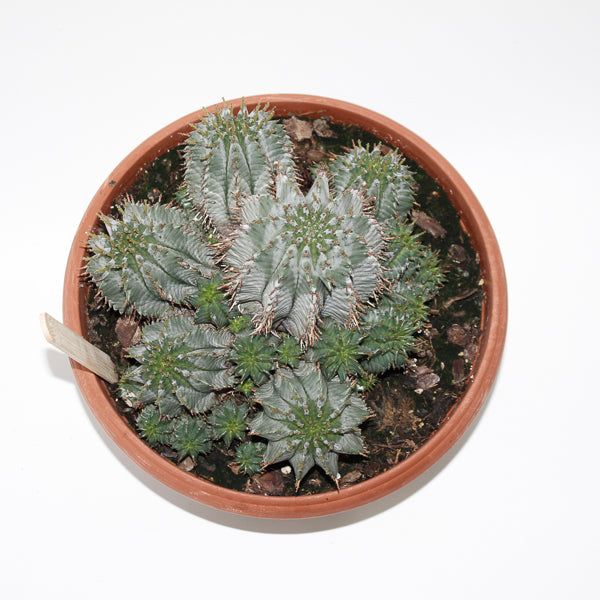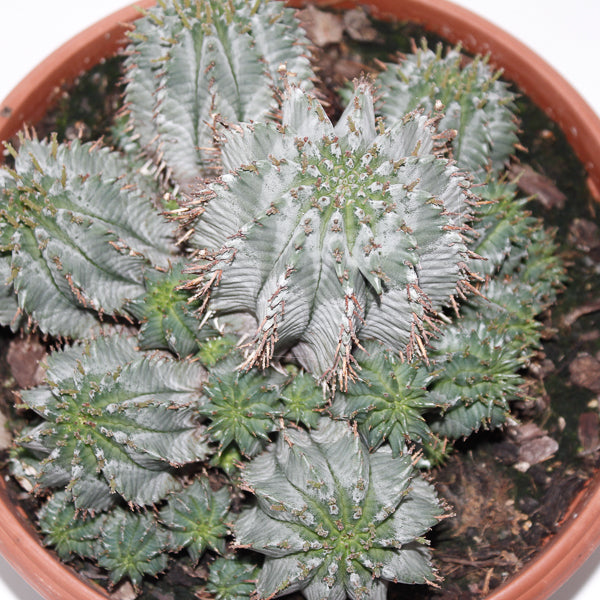1
/
of
6
Emm's Plant House
Euphorbia Horrida Ø24cm
Euphorbia Horrida Ø24cm
Regular price
£51.00 GBP
Regular price
Sale price
£51.00 GBP
Unit price
/
per
Taxes included.
Couldn't load pickup availability
Euphorbia horrida, commonly known as the "Horse-Crippled Spurge," is a striking succulent native to southern Africa. This spiny cactus-like plant features tall, columnar stems that are thick and heavily armed with sharp, dark spines. The plant’s stems are typically green or grayish-green, with distinct vertical ribs that give it a spiny, angular appearance. In the spring, Euphorbia horrida produces small, inconspicuous flowers that are surrounded by modified bracts, adding subtle color to its otherwise bold and dramatic form. Due to its impressive structure and minimal care requirements, it’s an excellent choice for succulent enthusiasts and desert-themed gardens.
- Full Botanical Name: Euphorbia horrida
- Common Names: Horse-Crippled Spurge
- Country and/or Region of Origin: Native to southern Africa
- Growing Conditions in Native Habitat: Grows in rocky, well-drained soils in semi-desert and arid environments with full sun exposure and minimal rainfall
Care Guide
Care Guide
Share

